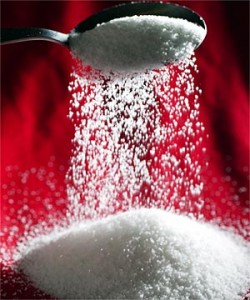 The term eating clean, is a life style that embraces healthy, whole, unprocessed foods. The main principles of eating clean is to choose whole foods over processed foods, and to choose unrefined foods over refined foods.
The term eating clean, is a life style that embraces healthy, whole, unprocessed foods. The main principles of eating clean is to choose whole foods over processed foods, and to choose unrefined foods over refined foods.
Eating clean is not a diet, it’s a healthy lifestyle that practices avoiding processed and refined foods and concentrating on eating whole foods.
The 2 Basic Principles of Eating Clean:
1. Avoid processed and “junk foods”. Processed foods are anything that has been handled by manufacturing and comes in a box, bag, or package. Processed foods always come with a label, and a label means that more than one ingredient has been used or added. Clean foods contain just one or two ingredients. Any product with a long ingredient list has been manufactured.
2. Choose whole foods: Whole foods are foods that are in their natural state, with nothing added.
Clean Eating Guidelines:
Try to eat clean, 80% of the time.
1. Increase whole grains – these are grains that are still complete and haven’t been broken down in any form. Examples include: brown rice, whole wheat and quinoa.
2. Eat plenty of vegetables and legumes. Consume as many different veggies in different colors as you can get, and eat them as often as possible.
3. Eat fruits in moderation.
4. Eliminate as much refined sugar as possible by substituting “clean sugars” such as honey, and maple syrup.
5. Avoid all processed or refined foods (sugar, baked goods, white flour, white rice, etc) Processed foods are usually high in chemical additives, trans fats, salts and refined sugars.
6. Avoid artificial ingredients and preservatives.
7. Avoid saturated and trans fats, and opt for healthier fats such as olive oil, and coconut oil.
8. Include whole meats – that’s meat you have purchased directly from a farmer or butcher
Whatever eating habits you adopt, eating more of the healthy options and eating less of the not-so-healthy options just makes sense. One of the easiest way to cut processed foods out of your diet is to eat at home. When you make your own food, you know exactly what’s in it.


